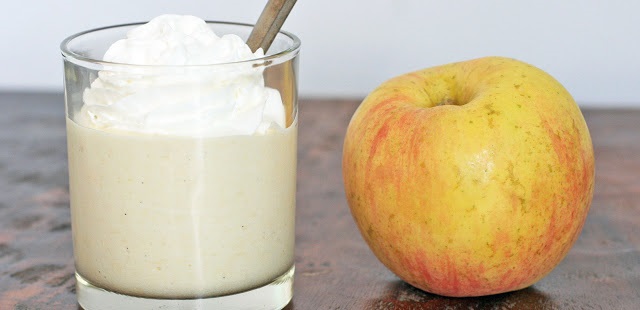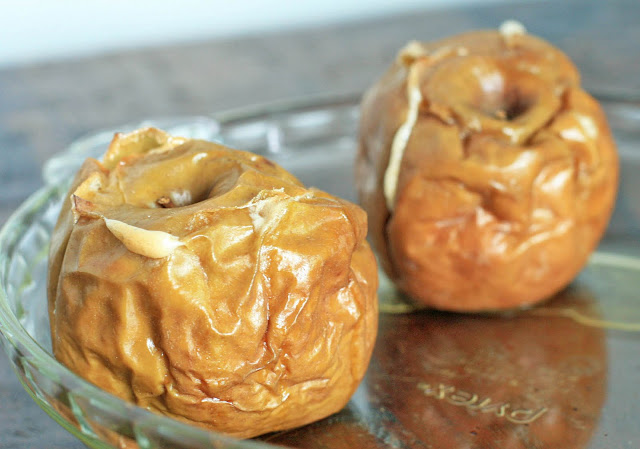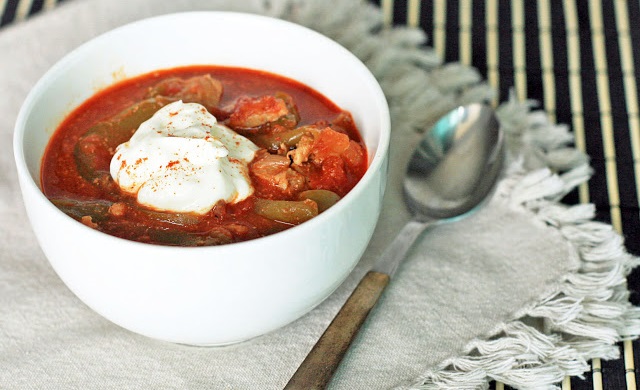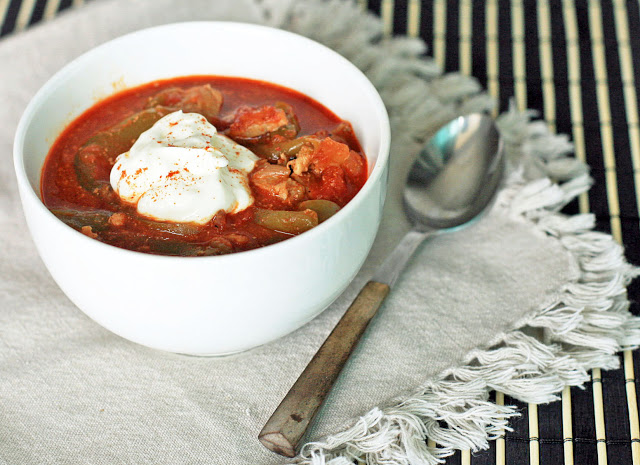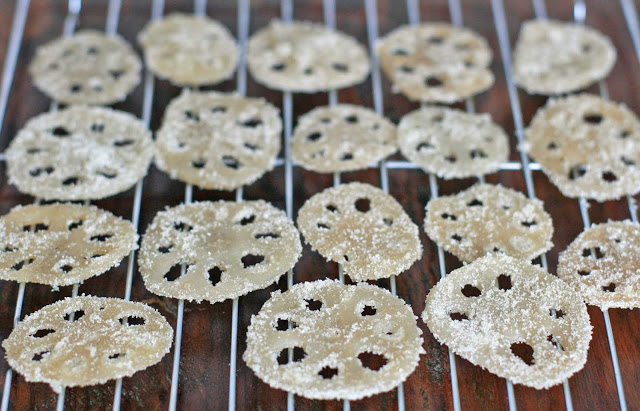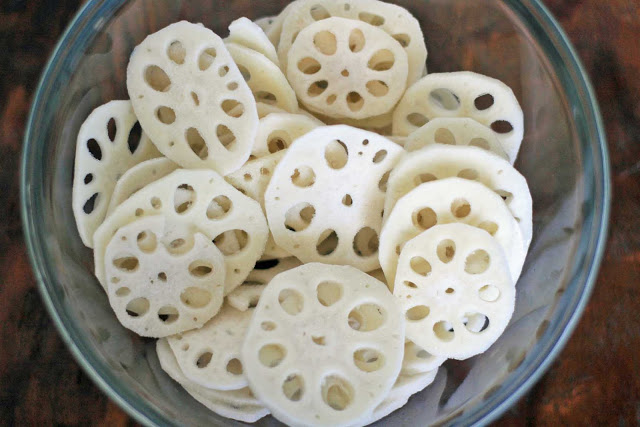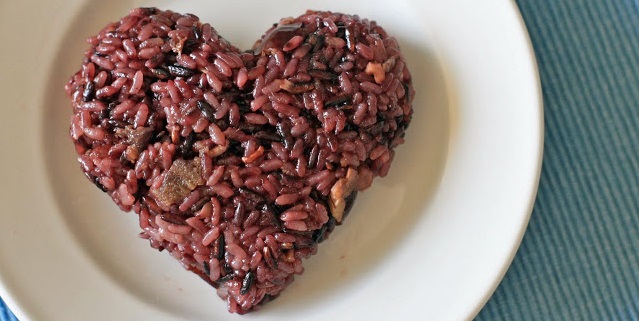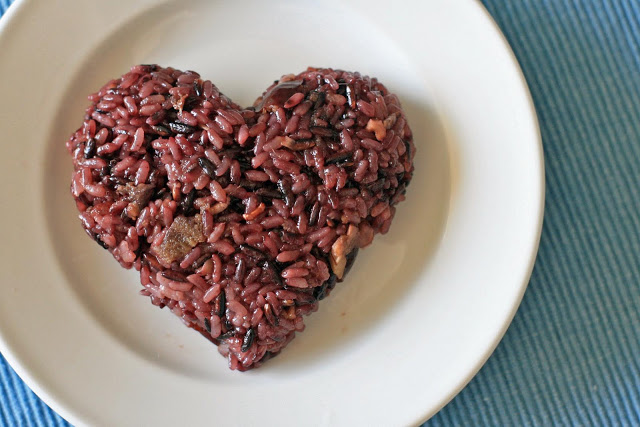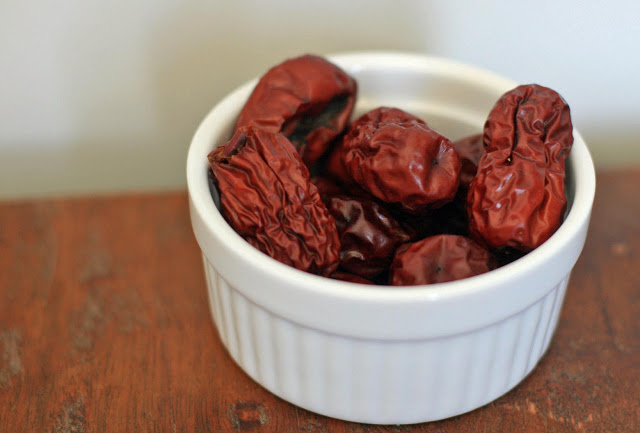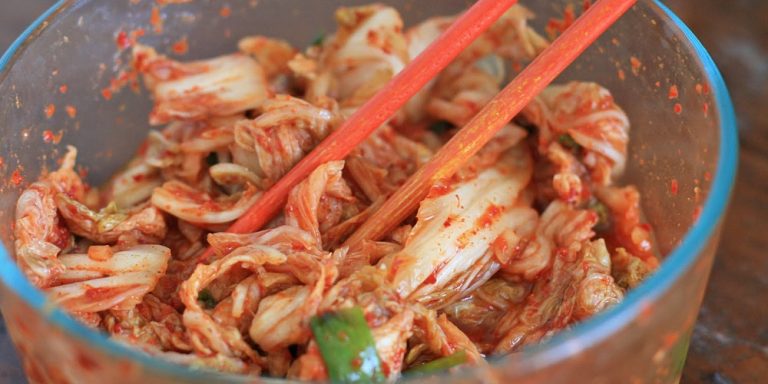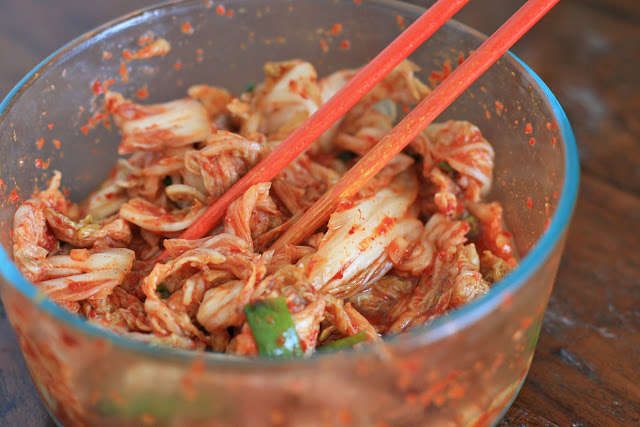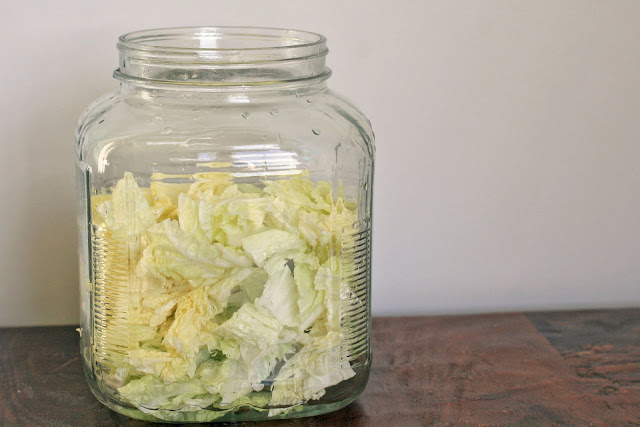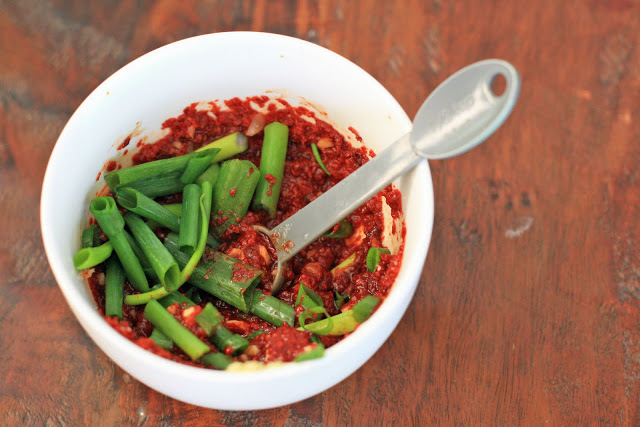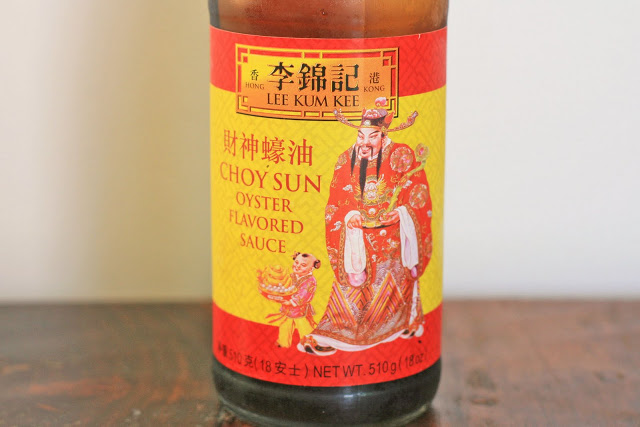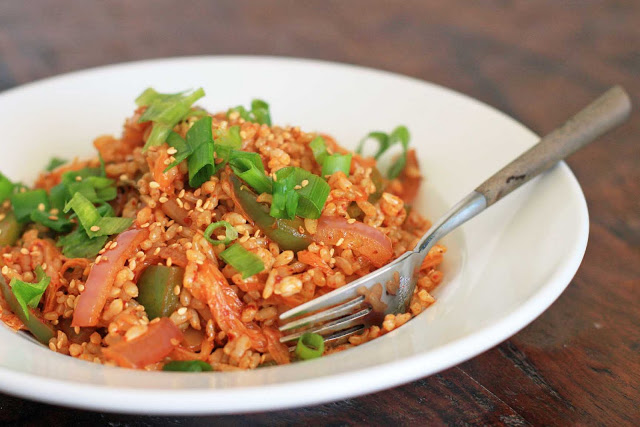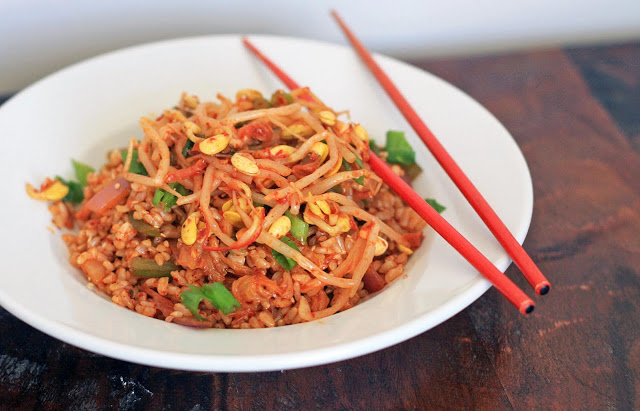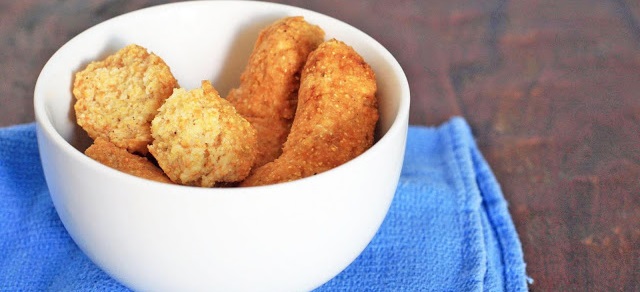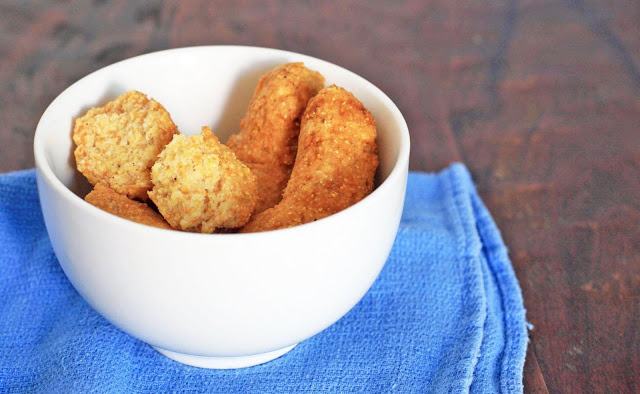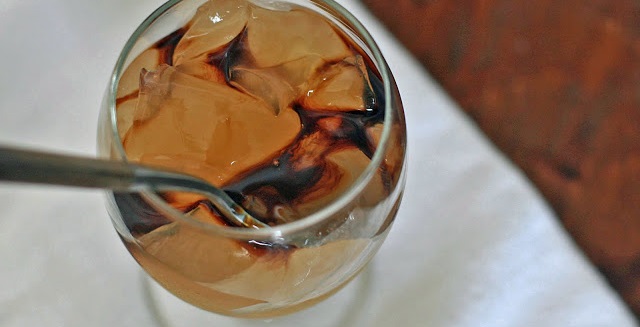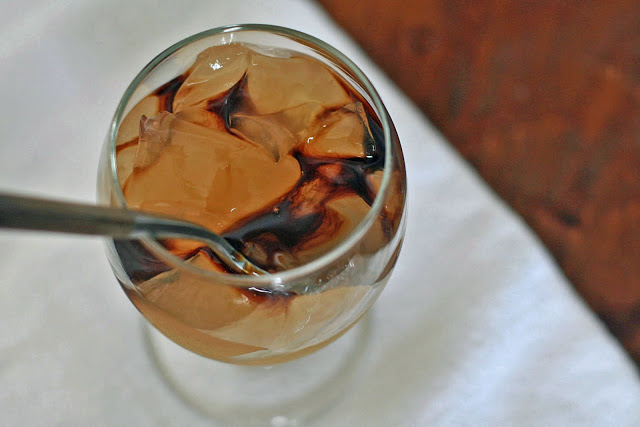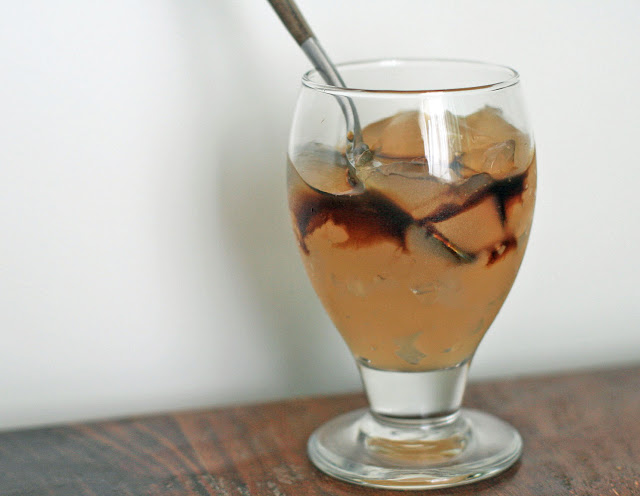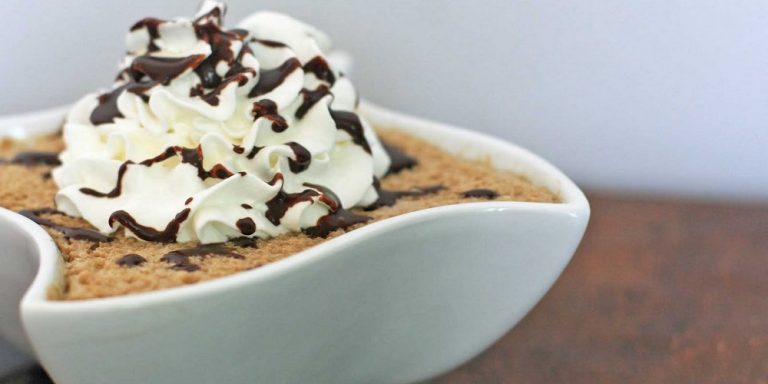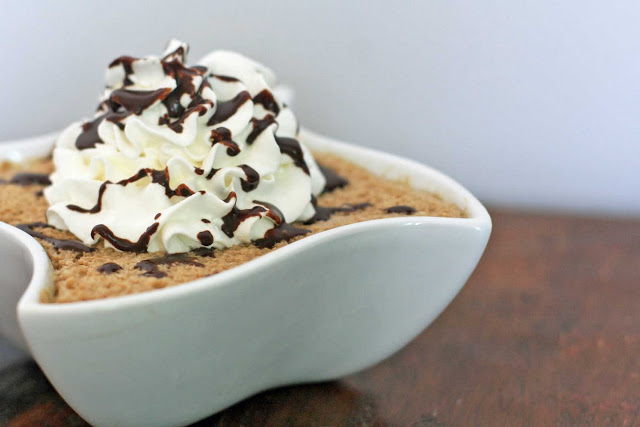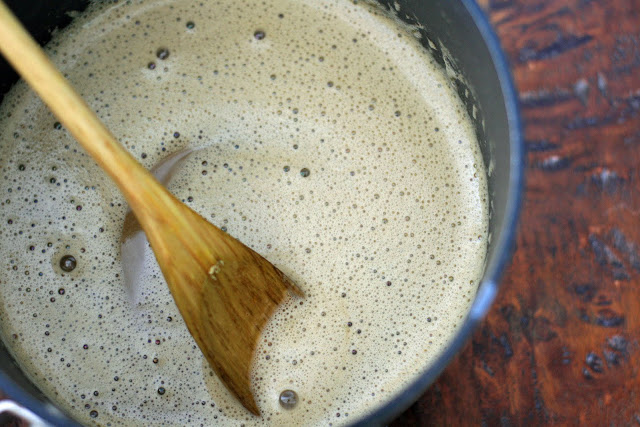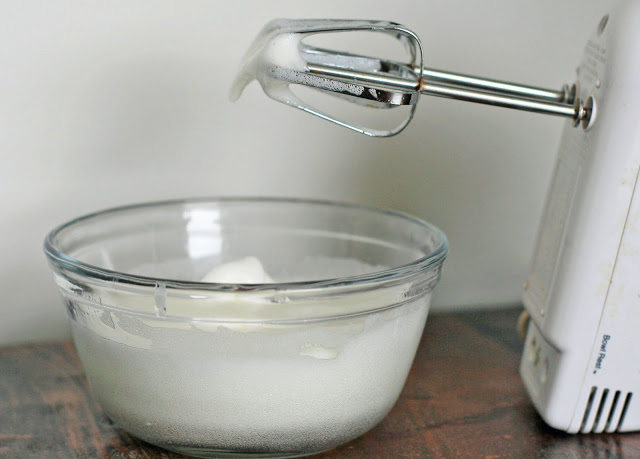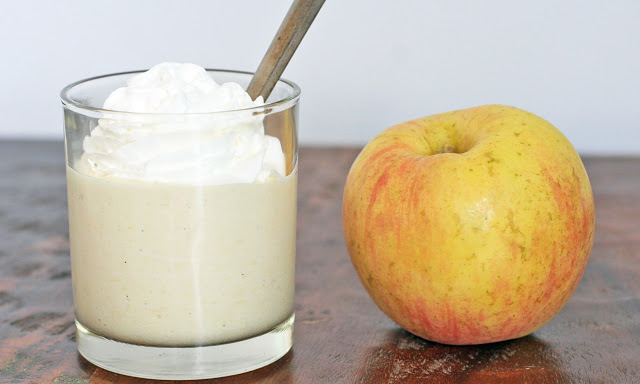 Even if this recipe hadn’t looked very good, I might have made it anyways just because of its name. Luckily for me it was a winner: baked apples are pureed and combined with vanilla sugar, egg whites, rum and lemon juice and then whipped until light and frothy.
Even if this recipe hadn’t looked very good, I might have made it anyways just because of its name. Luckily for me it was a winner: baked apples are pureed and combined with vanilla sugar, egg whites, rum and lemon juice and then whipped until light and frothy.
Hungarian food tends to be pretty heavy: lots of pork, veal, sour cream, etc., etc. This is a nice and light dessert that shouldn’t contribute too much to any post-meal food coma.
One final note: a lot of Hungarian dessert recipes use vanilla sugar. I was too lazy to make some so I cheated by using regular sugar but I substituted homemade rum vanilla extract, which had plenty of vanilla bean seeds, in place of the regular rum. It worked out very well, so feel free to go this route if you have homemade vanilla extract at home.
Witches’ Froth
Yield: 4 servings
Ingredients:
* 4 baking apples
* 1 cup vanilla sugar
* 2 egg whites
* 2 Tablespoons rum
* 2 Tablespoons lemon juice
* whipped cream, optional
Directions:
Preheat the oven to 350 degrees. Wash and bake the apples for 50-60 minutes, until softened. Let them cool, peel and core them, and puree the pulp in a blender or food processor.
Stir in the egg whites and sugar and beat 10 minutes with an electric mixer, until fluffy and thick. Add the rum and lemon juice and continue beating for another 5 minutes.
Spoon into individual serving glasses or bowls and keep in the refrigerator until ready to serve. Top with whipped cream, if desired.
Note: This dessert uses raw egg whites, so please be aware that there is a small risk of salmonella contamination.
